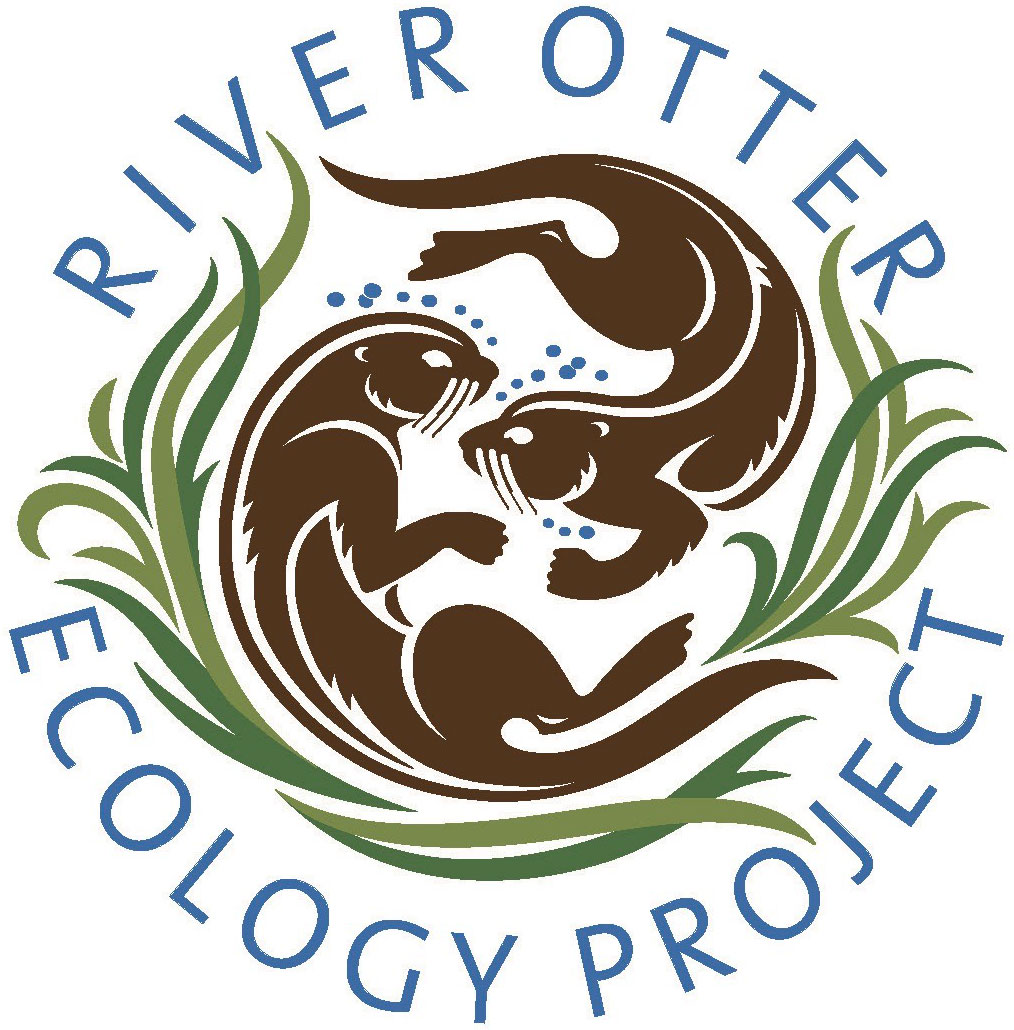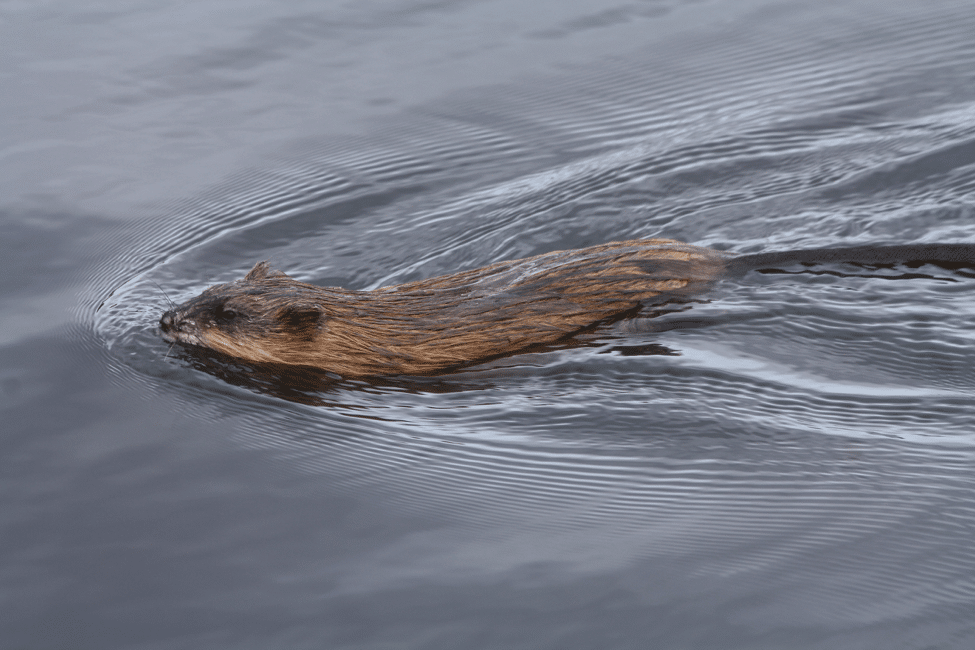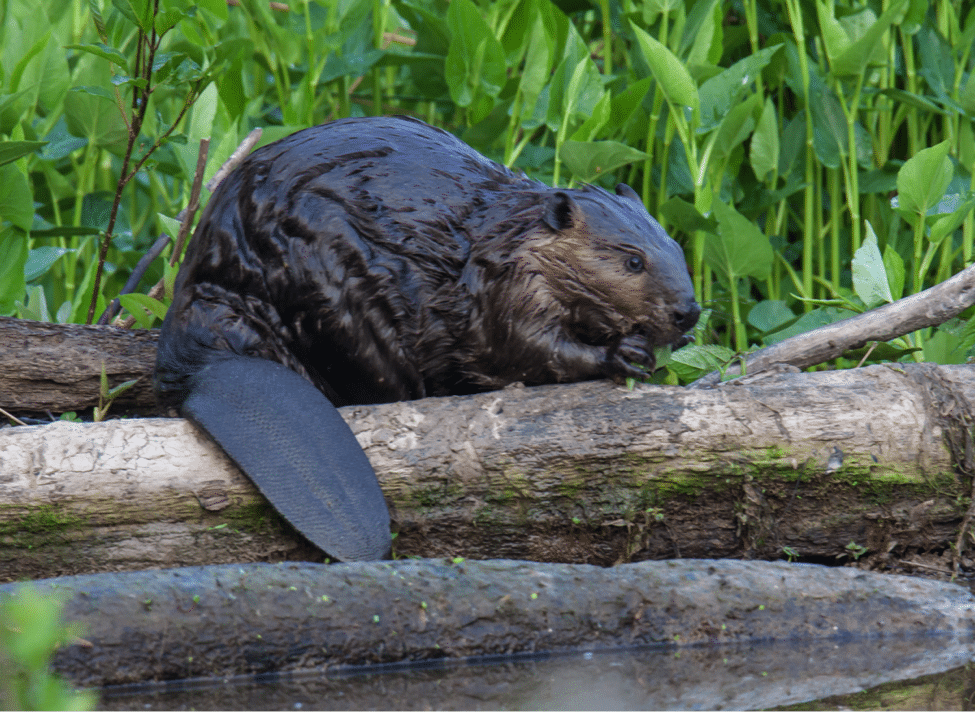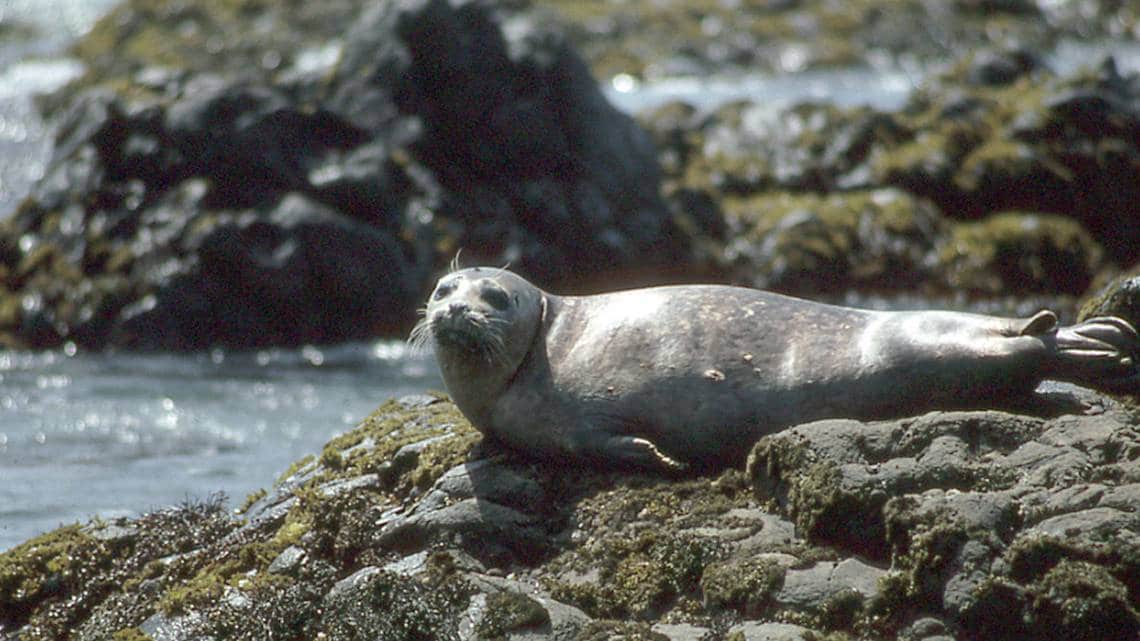Otters for Waters
We engage people in supporting waterways in your own communities.
Otters for Waters is a nationwide conservation initiative aiming to inspire conservation of waterways across the country, with river otters as charismatic ambassadors. Building on more than a decade of research, education, and advocacy, we collect and document otter sightings and help people to take an active role in local conservation efforts.
The Intent
To use the skills, knowledge, and technical expertise gained through the Otter Spotter program to increase our reach and influence throughout the United States in support of watershed conservation.
The Vision
We envision a national web of connected projects using our collective data and the appeal of river otters as ambassadors for healthy waterways. River otters are indicators of waterway health and symbols of the success humans can achieve in restoring ecosystems for all species, including ourselves.
The Plan
Partner with local NGOs across the nation dedicated to conserving waterways. We have launched pilot programs in Virginia, Arizona, Utah, and Louisiana. We use their on-the-ground knowledge and connections along with our platform and expertise to help partners achieve their goals.
Current partners:
- Loveland Living Planet Aquarium, Utah
- Friends of the Verde River, Arizona
- Elizabeth River Project, Virginia
- Audubon Louisiana Nature Center
We are rooted in collaboration. Partnering with local organizations, Otters for Waters provides training, technical support, and tools to empower partners in their conservation goals. Partners provide the on-the-ground knowledge of the needs of local waterways.
If you see an otter, take a photo if you can (it doesn’t have to be a good one), and fill out the sightings form.
For stories, photos, video, and all the how and why of Otter Spotter, please see our interactive Story Map.
Para historias, fotos, videos y todo el cómo y el por qué de Otter Spotter, consulte nuestro Story Map interactivo (en español).
If you’re enjoying our website, social posts, and participating in our many events and especially Otter Spotter, please consider a gift to help sustain our project. Without Team Otter, our group of supporters, we could not continue our education, research, and conservation programs. Join Team Otter now with a generous donation!
Bay Area River Otter Sightings Map
Explore the map below for areas of river otter sightings submitted by otter spotters from across the Bay Area and beyond. The sightings on the map are not meant to show every sighting we receive, but instead, to show the areas where otters are seen and to show clusters of sightings. When viewing the larger map, you can click on the dots for more information about each sighting.
How do healthy watersheds help ensure otters and people continue to thrive? Check out our Understanding Watersheds page.
View larger map opens the map full-screen in another tab. Please note that we do not show every sighting publicly. In areas where otters could be endangered by public awareness, we document and save the sighting and use it for conservation purposes, but don’t make it public.
Northern and Central California River Otter Range Map
Understanding river otter range, or the area that river otters inhabit, is an important tool to help us with land use planning, restoration decisions, and toxic spill planning and response. Prior to our Otter Spotter community science effort beginning in 2012, river otters were not known to inhabit the SF Bay Area. The new range map, published by the California Department of Fish & Wildlife, uses the information gained from our hundreds of Otter Spotters to update the information. 4,100 square miles of river otter range have been added.
Enjoy the map, and many thanks to all the Otter Spotters!
Be sure to click on the LAYERS ICON on the map 
Click here to see a larger version of the map.
How to Identify a River Otter
Click on any photograph to see an enlarged version.
Where to look: Any waterway you’re near! River otters are happy in fresh, brackish and salt water. They’re often seen in coastal areas near the mouths of rivers and creeks. They’re often seen in marshes and wetlands. They’re a little harder to see in vegetated rivers but keep looking, especially when boating. They’re often found in lakes…look where the fish are. In-crowd hint: Check out our otter spotter map to see where they’re often reported!
When to look: River otters are most often seen at dusk and dawn, but can be seen at any hour of the day or night.
What do I look for? Look for large ripples on the surface of the water, lots of bubbles and a 3 to 4 foot-long animal with a long thick tail. The tail is about a third of the body length of the otter. Otters are dark and sleek in the water. Otters have a large black hairless nose (rhinarium).
How do otters swim and move? In the water, river otters do not swim on their backs like sea otters. They can swim along with just their heads showing, they can dive and roll and they often stay underwater for up to 15 or 20 seconds. They also “periscope,” meaning raise their necks far out of the water to see farther. When swimming, they usually carry their bodies just under the surface. They’re very elusive and can “disappear,” into the water, brush, rocks or under overhanging vegetation.
On land, river otters are agile, can run quickly and climb trees. They’re small and narrow-bodied, with longer back legs than forelegs, so they move with a humping gait. They’re often seen running across beaches, or along paths near water.
There’s a superb Otter/Beaver/Muskrat article with photos and descriptions here.
SEA OTTER (Enhydra lutris)
In California, sea otters are most often seen around Monterey Bay and Elkhorn Slough. Occasionally we see them in the SF Bay Area. Sea otters are twice the size of river otters, and are never far from the ocean. They have enormous back flippers, and often swim on their backs with their big flippers sticking out of the water. Their tails are short and not as muscular as river otters. They are clumsy on land.
This video by Tom Reynolds shows sea otters first, then river otters. The differences will become obvious!
MUSKRAT (Ondatra zibethicus)
Muskrats are rodents, about 18 inches long, with a thin tail. Like beavers, they swim straight across the water, with their backs at or slightly above water level, without diving and rolling, until it’s time to submerge.
Typical muskrat swimming; note the thin long tail.
Here’s a nice muskrat video.
BEAVER (Castor canadensis)
Beavers are rodents with large orange teeth. They have a very distinctive large, flat tail which slaps the water when they’re startled. Beavers are burly animals, and weigh about twice as much as river otters. Their fur is clumpy when wet. Like muskrats, their bodies are usually at or slightly above water level when they swim.
Here’s a gorgeous beaver, look at that tail!
Here’s our friend Heidi of Worth A Dam in a wonderful video showing the difference between otters and beavers.
HARBOR SEAL (Phoca vitulina)
Harbor seals are seen in the ocean, bays and marshes. They’re quite fat-looking, because they carry a large layer of fat on their bodies to keep them warm in cold waters. Harbor seals have very large heads and big dark eyes. They startle easily, and dive under water with an enormous splash if you surprise them while kayaking. They’re grayish, with mottled fur, sometimes paler gray toward white.
Here’s a fascinating video of a river otter protecting its prey from a curious harbor seal. Many thanks to the Sonoma County Water Agency for sharing with us!
The River Otter Ecology Project is a registered 501 (c)(3) EIN #45-4997526 non-profit organization dedicated to the welfare of river otters and our watershed. Our organization is not affiliated with any other otter-related research group or community outreach organization.
© 2024 River Otter Ecology Project




